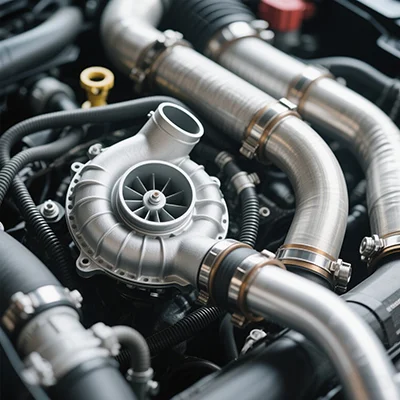Unveiling the Perfect Label Printer: Inkjet vs. Laser – Which Reigns Supreme?
In today's fast-paced world, labels play a crucial role in product identification, branding, and organization. Selecting the right printer for label production is essential for businesses seeking efficiency, durability, and cost-effectiveness. In this blog post, we delve into the age-old debate of inkjet vs. laser printers for labels, exploring their respective advantages, limitations, and suitability for different applications. So, let's embark on this journey to discover the ultimate label printing solution!
- Understanding Inkjet Printers for Labels:
Inkjet printers utilize tiny droplets of ink sprayed onto the label surface, resulting in vibrant and detailed prints. Here are some key points to consider:
a) Print Quality: Inkjet printers excel in producing high-resolution prints, ideal for intricate designs, small fonts, and vibrant colors. The droplet size and advanced color blending technology ensure exceptional image clarity.
b) Versatility: Inkjet printers offer the flexibility to print on various label materials, including glossy, matte, and textured surfaces. This versatility makes them suitable for a wide range of applications, from product labels to shipping labels.
c) Cost Considerations: While inkjet printers generally have a lower upfront cost compared to laser printers, the cost per label can be higher due to ink cartridge replacements. However, advancements in ink technology have led to more cost-effective options, reducing long-term expenses.
- Exploring Laser Printers for Labels:
Laser printers employ a toner cartridge and a heated fuser to fuse toner onto the label surface. Let's delve into the advantages and considerations associated with laser printers:
a) Speed and Efficiency: Laser printers are renowned for their fast printing speeds, making them ideal for high-volume label production. The precision and consistency of laser printing ensure quick turnaround times, enhancing productivity.
b) Durability: Laser-printed labels exhibit excellent resistance to water, smudging, and fading. This durability makes them suitable for applications requiring long-lasting labels, such as asset tags or outdoor signage.
c) Cost-Effectiveness: While laser printers may have a higher initial cost, they offer lower cost per label due to the efficiency of toner cartridges. Additionally, laser printers require less frequent maintenance and replacement, resulting in long-term cost savings.
- Choosing the Right Printer for Your Label Needs:
To determine the ideal printer for your label requirements, consider the following factors:
a) Label Application: Evaluate the specific purpose of your labels, such as indoor or outdoor use, product packaging, or shipping labels. Inkjet printers may be preferable for intricate designs, while laser printers excel in producing durable labels.
b) Volume and Speed: Assess the volume of labels you need to print and the desired turnaround time. Laser printers are more suitable for high-volume, time-sensitive label production.
c) Budget Considerations: Analyze your budget, including upfront costs, ongoing maintenance, and ink/toner expenses. Consider the long-term cost implications to make an informed decision.
Conclusion:
In the inkjet vs. laser printer battle for label printing supremacy, there is no definitive winner. Both technologies offer unique advantages and considerations based on your specific label requirements. Inkjet printers excel in print quality and versatility, while laser printers shine in speed, durability, and cost-effectiveness. By understanding your label needs and considering the factors discussed, you can make an informed decision to ensure optimal label printing results for your business.
